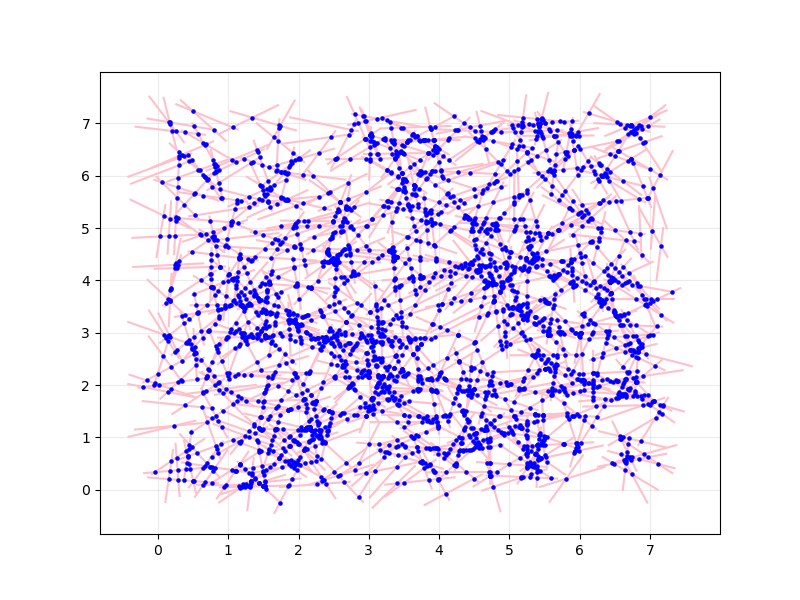Modelling and analyzing random nanowire networks in Python.
Project description
Random NWNs 
Python package for modelling and analyzing random nanowire networks. This package was a summer research project lasting from May 2021 to August 2021 under the supervision of Dr. Claudia Gomes da Rocha.
For future additions, feel free to fork the repository, but please give credit where it's due, either here or to Marcus Kasdorf.
Table of Contents
Installation
Random NWNs can be installed from PyPI for quick use or installed manually for development.
Latest
The latest version can be installed from PyPI:
pip install randomnwn
Development
Download this repository, then navigate to the base folder and run:
pip install .
To install the package in editable mode instead (i.e. using the local project path), one can use:
pip install -e .
Usage
Nanowire network objects are simply NetworkX graphs with various attributes stored in the graph, edges, and nodes.
>>> import randomnwn as rnwn
>>> NWN = rnwn.create_NWN(seed=123)
>>> NWN
<networkx.classes.graph.Graph at 0x...>
>>> rnwn.plot_NWN(NWN)
(<Figure size 800x600 with 1 Axes>, <AxesSubplot:>)
See the wiki pages for more detail on usage.
Uninstallation
To uninstall the package, use:
pip uninstall randomnwn
Project details
Release history Release notifications | RSS feed
Download files
Download the file for your platform. If you're not sure which to choose, learn more about installing packages.
Source Distribution
Built Distribution
Hashes for randomnwn-0.3.0-py3-none-any.whl
| Algorithm | Hash digest | |
|---|---|---|
| SHA256 | 3c0cae34e41f670a4c5f564296f49f7587697ad812d31858f38c76fade4ec547 |
|
| MD5 | 54658645e8c6903240fd0ad0156701a7 |
|
| BLAKE2b-256 | e1347db763e214cef5bacf3ef43994a88d89eb80dabc9874fab83d86e479a94c |












